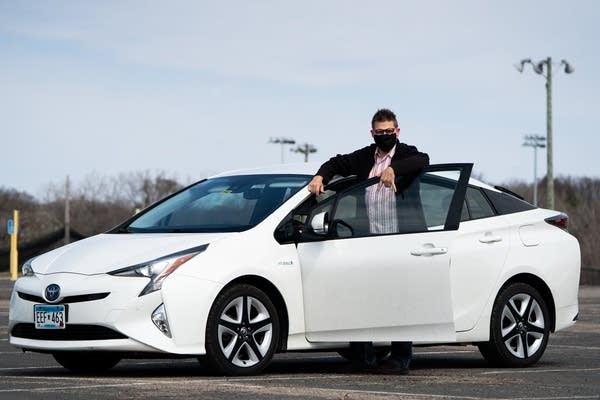In a pandemic, ‘gig’ workers can fall through the social safety net

The spread of COVID-19 has changed how Uber and Lyft driver Michael Thorne feels about a job that puts him in contact with strangers. “I’ve gone back and forth about whether to continue, but I have to try not to lose my apartment, so I have continued," he said.
Evan Frost | MPR News
Go Deeper.
Create an account or log in to save stories.
Like this?
Thanks for liking this story! We have added it to a list of your favorite stories.


